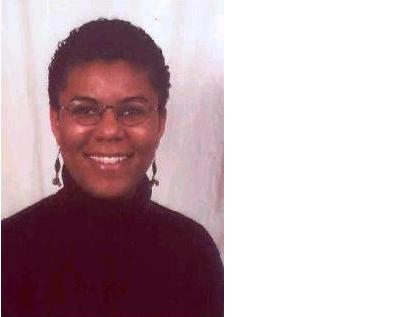
Did you see the recent eBay auction featuring the 1941 children's book Parasols Is for Ladies by Elizabeth Ritter and Ninon MacKnight illustrator. The winning bid was $51. This is the story of three black girls who want parasols, but can't afford to purchase them. The book apparently is written (and illustrated) with negative stereotypes. Believe it or not, there's TWO Amazon.com reviews of the book, one 5 stars.
The University of Washington's Children's Literature Collection 2006 exhibit Images of Blackness in American Children's Picture Books, 1899 - 1999 included this book. You can print the 4-page PDF exhibit checklist by Kathleen Collins. Exhibit categories included:
- 1899 - 1939 Ridicule and Response
- 1940 - 1969 "The All-White World of Children's Books"
- 1970 - 1999 Black Voices Emerge




4 comments:
I actually have read the book and I really enjoyed the story. I would like to elaborate a bit on the point you made about negative stereotypes. The text and dialogue in the book were not meant to demean or degrade African Americans. The author spent a great deal of time researching African American culture and recording dialect. The book was meant to portray an aspect of culture. Colloquial dialogue is a powerful writing tool that can help the reader hear the voice of the subjects. Literary greats such as Stephen Crane use colloquial dialogue to depict culture in early 20th century New York City. Do the characters in "Maggie: Girl of the Streets" sound uneducated when they speak? One could argue so--their grammar is far from perfect. Does that mean that Crane was trying to enforce negative stereotypes that degraded poor New Yorkers? No, in fact, his objective was to the contrary. I argue that the same principle applies in Ritter's work. The dialogue, interpreted by some as a negative stereotype, adds an element of realism to this heart-warming children's story.
I have this book in a library binding, with color illustrations. I find it disturbing and delightful... a bit of "The Color Purple" kind of feeling. I found it in the discard pile from an elementary school, for of course it was not suitable for children in our day and age. And yet, there is a historic nature that is important to see and read... else how can I report it disturbing? Never discard! KEEP! But with the right reasons.
I can't believe I googled this and the book really does exist. I thought I may have imagined it and am thrilled to see the much beloved cover on this website. "Parasols is for Ladies" was one of the first books I learned to read. I adored the characters, their rainbow dresses and their dreams. Having grown up in a house filled with brothers, snips and snails and puppy dog tails, I wished and wished I was their fourth sister and we could play together I could have a purple dress. I would stare at the illustrations for hours on end. 50 years later I sit in shock seeing the book referenced in this negative light. This lonely middle class white girl wanted nothing more than to be part of their family. Guess I was color blind and missed the negative stereotypying. Now I feel compelled to read it again today with bifocals and a sadder but wiser perspective,
There actually are at least 7 reviews on Amazon, 6 of them give the book 5 stars, I am white, My first baby doll given to me at age one was black, It was an amosandra doll. 3 of my 7 little sisters and I fought over it. I recently sold it for 200 dollars only because I cannot take it to heaven with me. I love black skin. I find nothing wrong with the book, neither do any of my black friends. In fact the love the book too.
Post a Comment